- Bikes
-
Parts
- SUPERIOR PARTS
- OIL SLICK
- Pegs
- Frames
- Forks
- Handlebars
- Stems
- Headsets & more
- Rotor systems
- Brakes & more
- Tires & more
- Wheels & more
- Rims
- Hubs & more
- Drivetrains & more
- Cranks & more
- Grips & more
- Saddles & more
- Fixie Wheelsets
- Helmets / Protection
- T-shirts / Hoodies
- Tools
- Accessories
- MTB parts
- Vouchers
- About Us
- Work Shop
- News
- KHE MAC Team
BMX Forks – Materials, Measurements & Installation Explained Simply
The fork is a central part of your BMX – it connects the front wheel to the frame and significantly affects steering, control, and stability. Depending on your riding style (street, park, flatland) and preferences, you should pay attention to materials, measurements, and details.
In our BMX Forks category, you will find high-quality models made from HiTen steel or CrMo steel – optimized for durability, light weight, and precise handling.
Materials & Differences in BMX Forks
- HiTen steel: Durable material for beginners – heavier but affordable and sturdy.
- CrMo steel: Much lighter, more flexible & durable – ideal for demanding riders.
CrMo forks are especially popular in street and park as they optimally combine weight and strength.
Important Measurements of a BMX Fork
- Steerer tube length: Must fit the head tube length of your frame – standard is about 165 mm.
- Offset: Usually 25mm or 32mm –
smaller offset = more agile, larger offset = smoother ride. - Axle diameter at dropouts: Usually 10mm or 14mm – important for compatibility with hubs & pegs.
The Fork Bolt – What Is It For?
The BMX fork bolt (also called crown nut) sits at the top of the steerer tube and preloads the headset. This sets the bearing play before the stem is tightened. Pay attention to the correct thread size – many forks use M10 or M24.
WORKSHOP: Fork & Headset Installation
How do you properly install your BMX fork? Which spacers do you need? In our WORKSHOP, our BMX pros show you step by step the installation of headsets, spacers & AFFIX rotors – ideal for all fork setups.
Frequently Asked Questions about BMX Forks (FAQs)
- HiTen or CrMo – which is better?
CrMo is lighter and more durable – HiTen is cheaper and sturdy for beginners. - What does fork offset mean?
The distance between the steering axis and axle – affects how quickly or stably the bike steers. - How long should the steerer tube be?
It should be slightly longer than your head tube to allow enough space for spacers and the stem. - How does the fork bolt work?
It preloads the headset before tightening the stem – without it, there’s no proper steering adjustment. - How do I install my BMX fork correctly?
Find all videos on installing headsets, fork bolts, and spacers in our WORKSHOP.
Conclusion: Control, Style & Stability – with the Right Fork
The fork significantly influences how your BMX steers and feels. Whether for quick spins, technical flatland combos, or hard landings – you’ll find the right BMX fork for your setup here.
Discover BMX Forks now – for more precision, durability & style.

Google Reviews
134 Reviews

22/09/2023
My son is thrilled with the design of his BMX bike. After I had trouble assembling it (especially the brakes), I contacted KHEbikes. Absolutely fantastic, friendly, and fast service, which solved the problem! I'm truly thrilled and can only recommend KHEbikes! 5 stars ⭐️⭐️⭐️⭐️⭐️

09/01/2025
My previous review was worse. The reason for this is that I've encountered a lot of poor providers in the past, and so I simply share my negative experiences. I was contacted immediately after my first review, which I personally thought was really great. It immediately showed that the customer is their top priority. A big thumbs up for that.

29/12/2024
Great service, fast delivery, no problem exchanging. Top company!

04/09/2024
Great bikes at fair prices and great customer service!

02/08/2024
Very pleasant contact, I'm very impressed with the staff. The purchase process is easy, and the description is accurate. The order arrived very quickly, but unfortunately, there was some shipping damage, but it was replaced without any major problems.

16/02/2024
Very friendly and excellent support. @KHEbikes - thank you very much

21/12/2023
Thanks to excellent advice over the phone, we were able to order the right spare parts for our son's BMX bike. They assured us of prompt shipping, so he was able to happily use his bike again the following week. Many thanks to Mr. Stubenrauch for the great advice!

20/08/2021
Over the years, we've had nothing but positive experiences with their products and service! Unfortunately, no race bikes or parts, which would make the product range perfect. Highly recommended!

07/12/2023
Very friendly contact, excellent advice. Even a question about the assembly of the BMX bike I purchased was answered the same day (Sunday!). That's how you retain customers long-term. I certainly won't have ordered the last bike from you. 😊 Thank you very much.

28/11/2023
Beautiful, robust bikes and absolutely top-notch customer service. Very helpful both by phone and email, and there's a solution for every issue! It's great to still have such great and positive shopping experiences every now and then. Thank you, dear KHEbikes team!

03/01/2025

21/09/2023
Very quick, uncomplicated help. My contact, Mr. Göring, was very nice.

21/09/2023
Fast, competent, and friendly. Best service

16/09/2023
the attention is good even if you have a problem they support you so that everything goes well

18/04/2023
Despite the remote diagnosis, we received excellent advice. After a few emails and photos back and forth, the problem with the bike was identified, and we were able to fix it ourselves. Our son is incredibly happy to be able to ride a BMX again. Now that's what I call customer service! Very friendly, dedicated, and competent!

06/04/2023
Top customer service, super clear homepage :)

27/01/2023
Top-notch advice! Always happy to come back!

12/01/2023
Super fast delivery, great customer service, and very satisfied with the BMX. Thank you very much!

03/01/2023


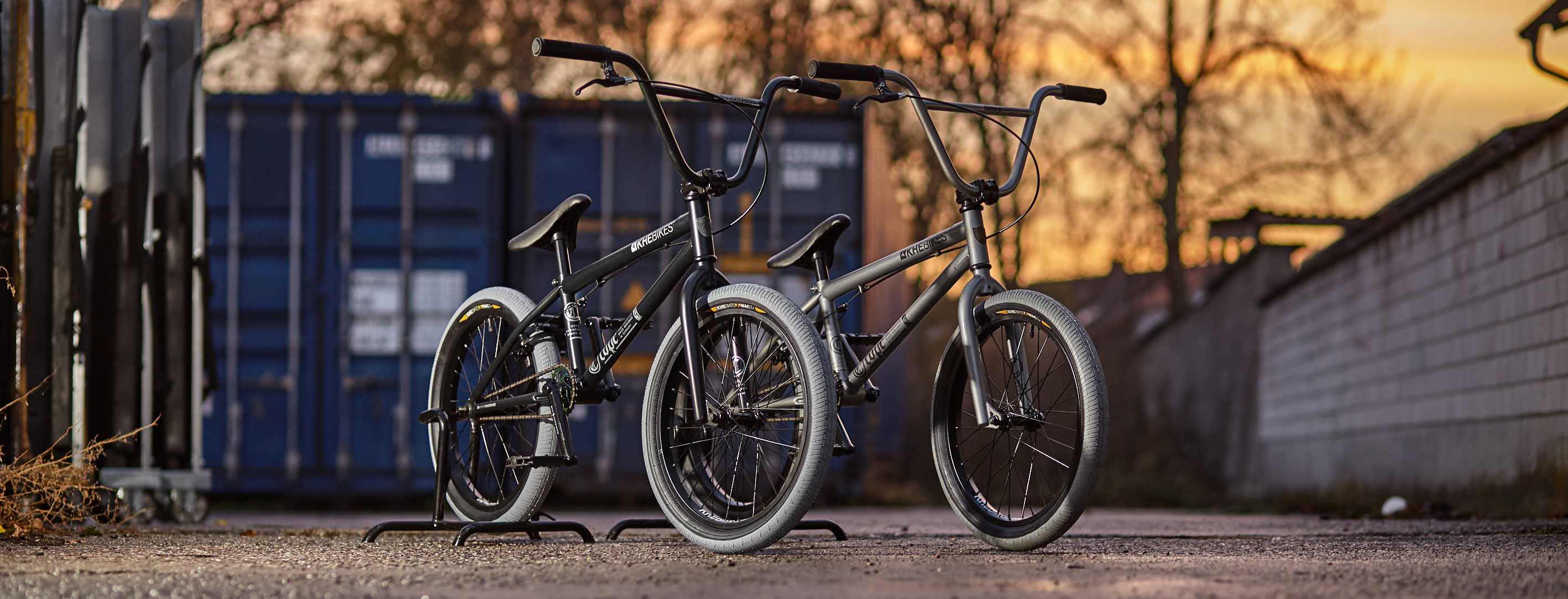
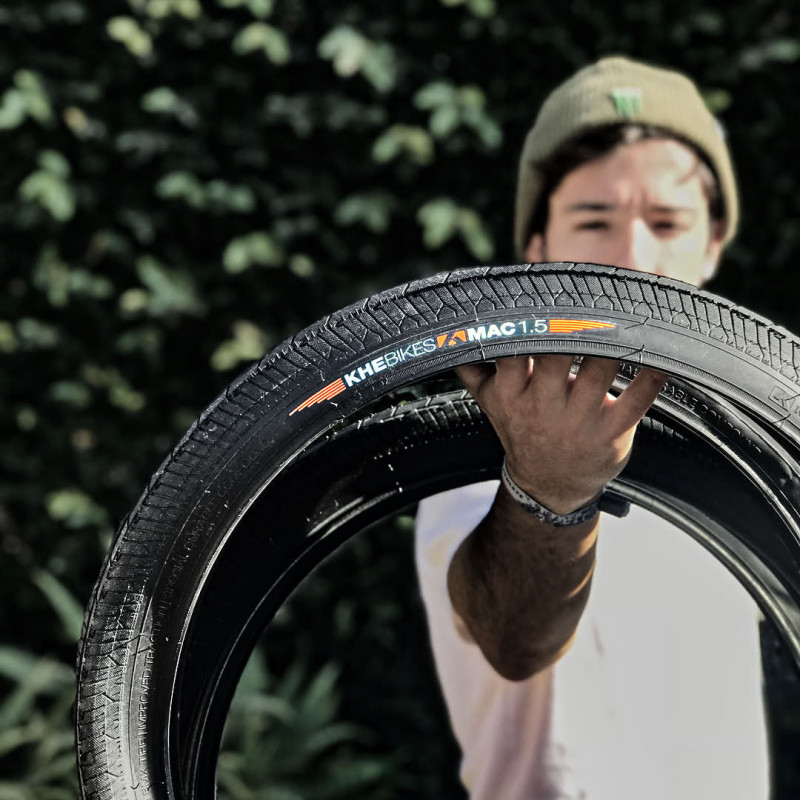



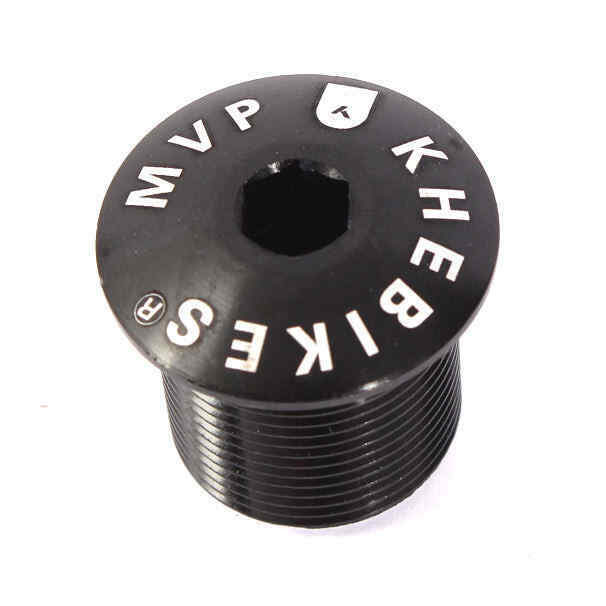
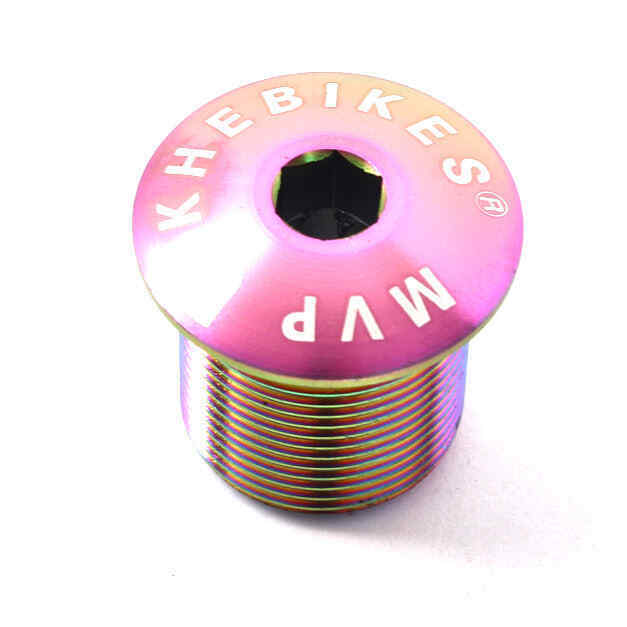

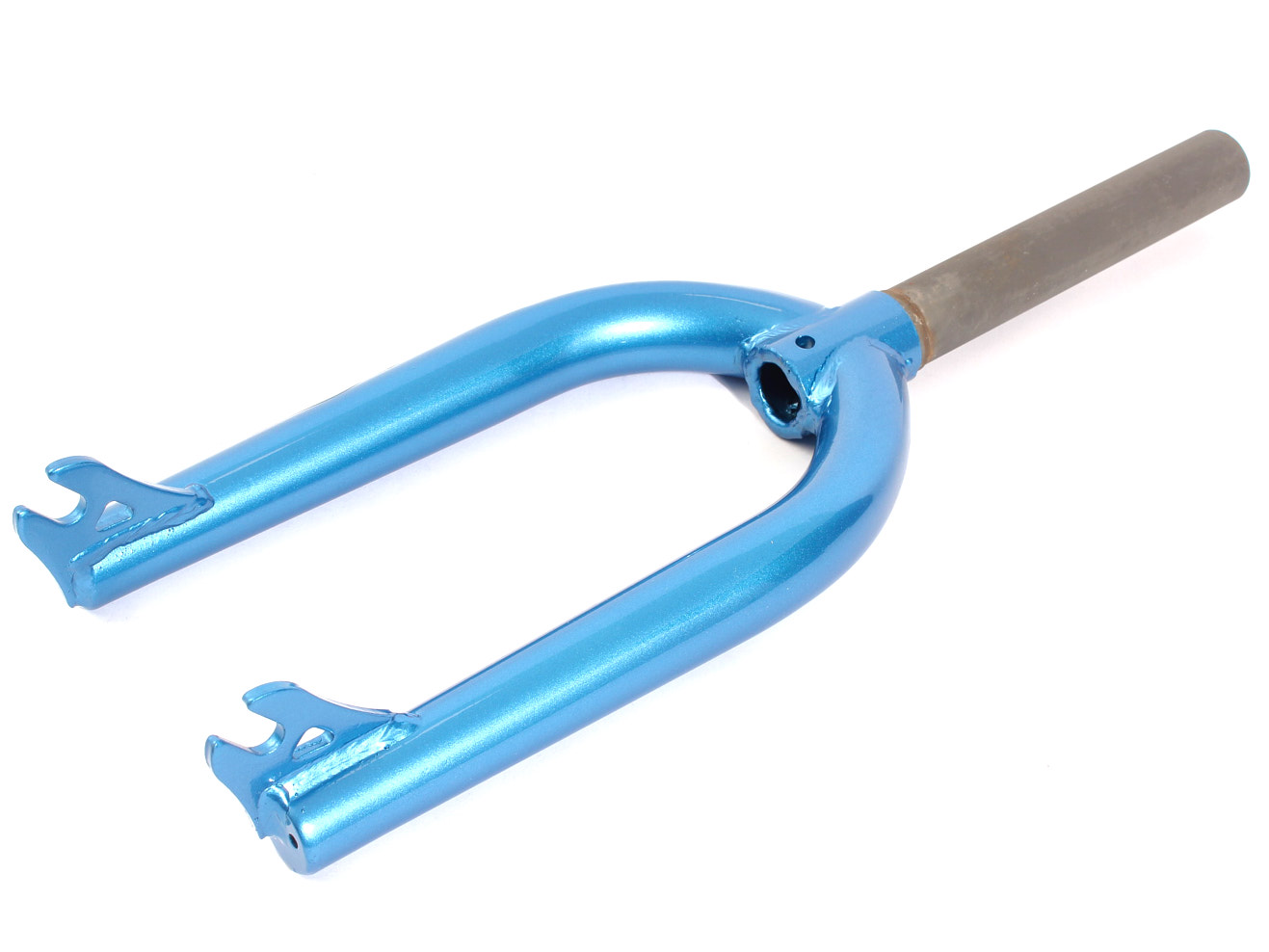
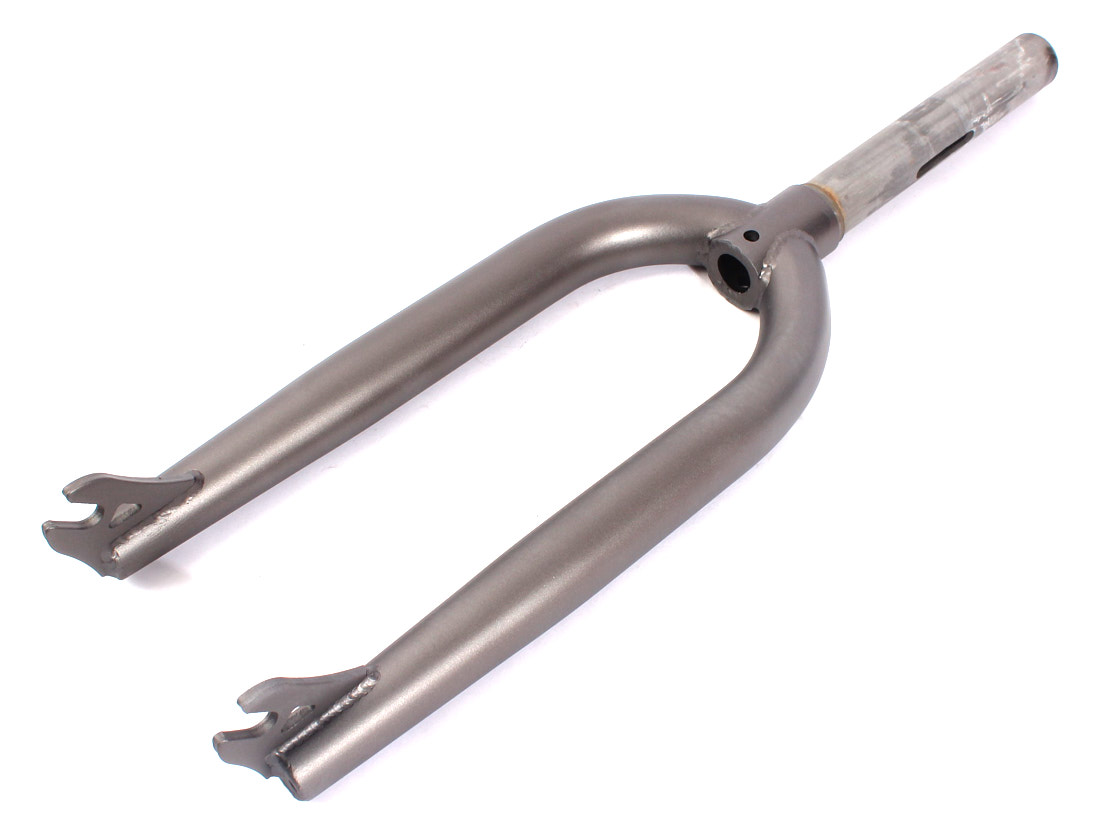
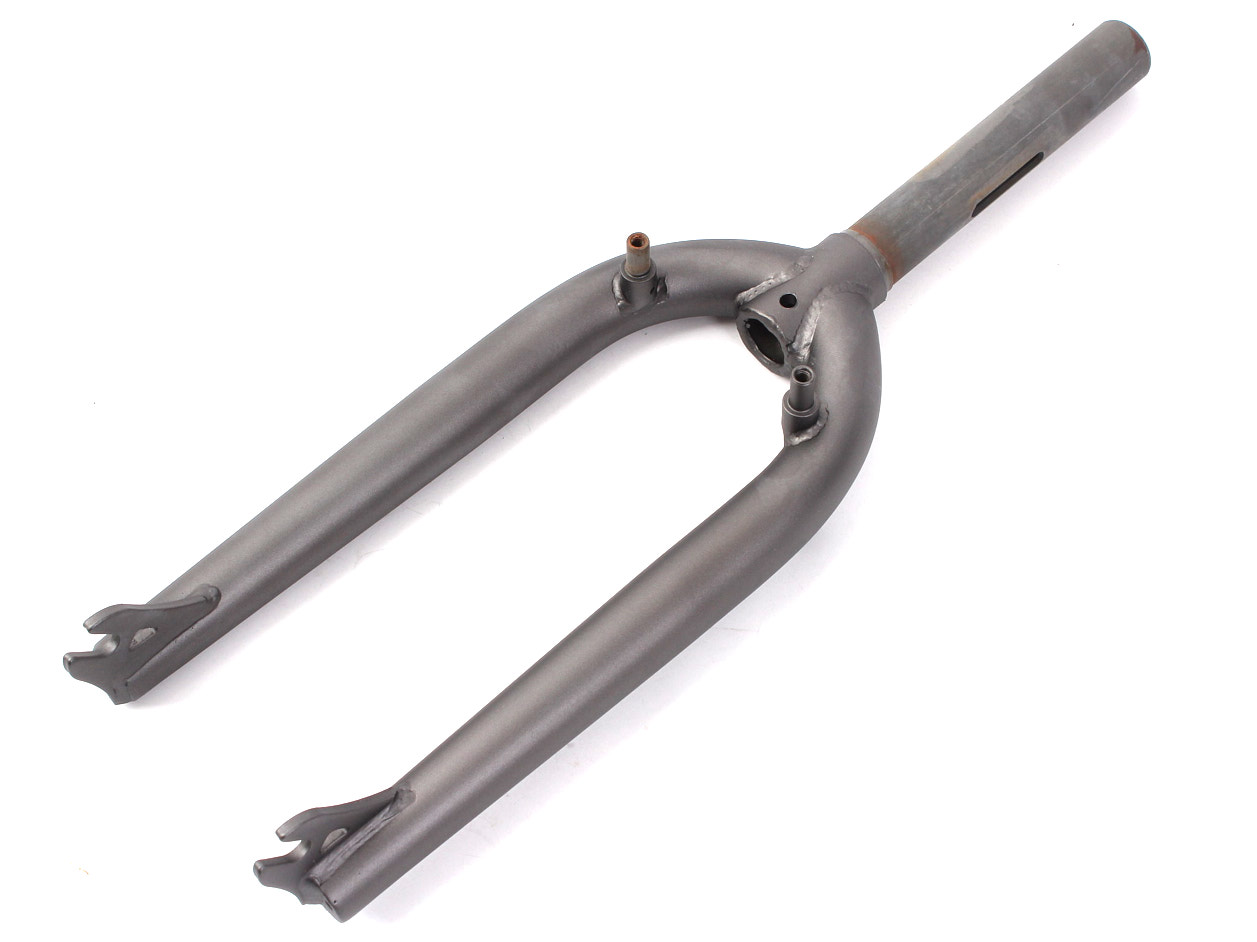
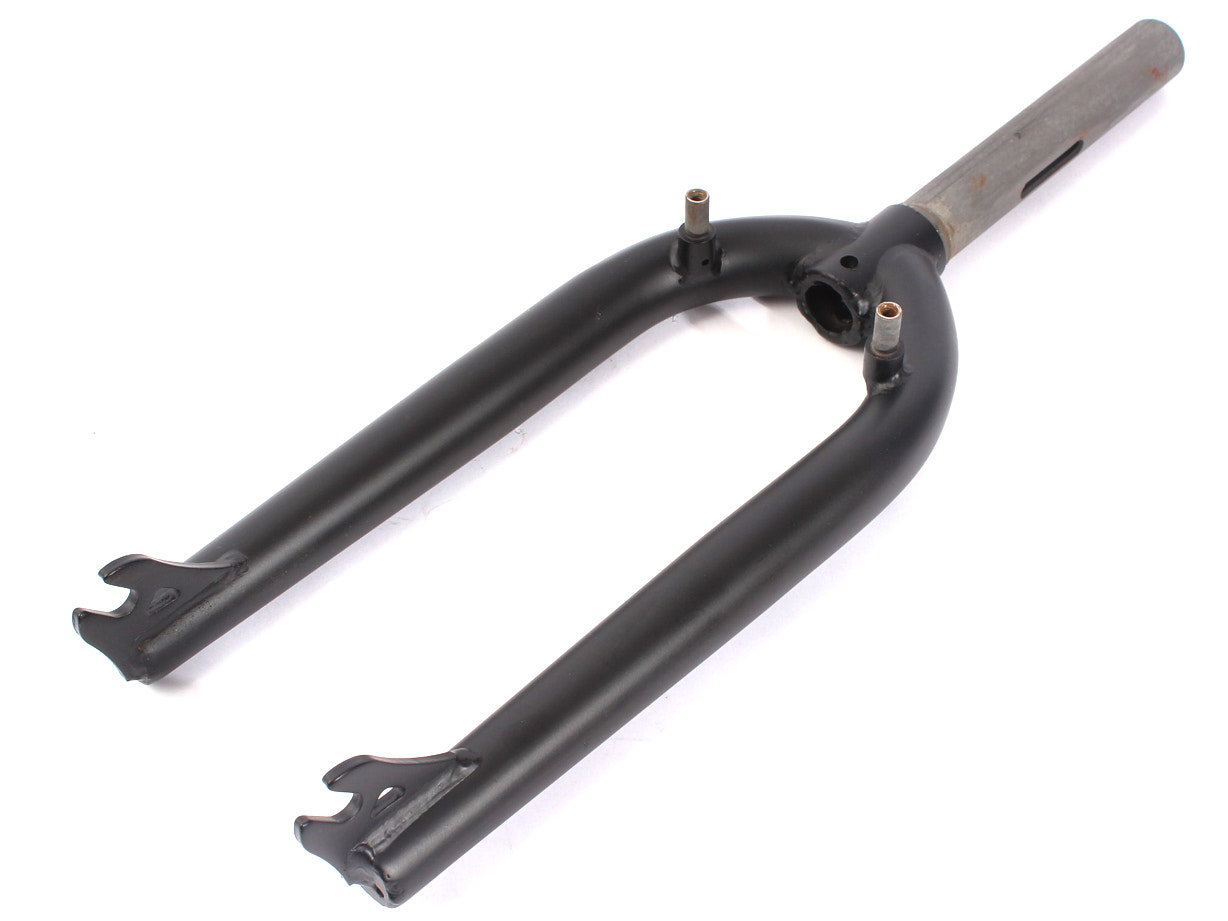
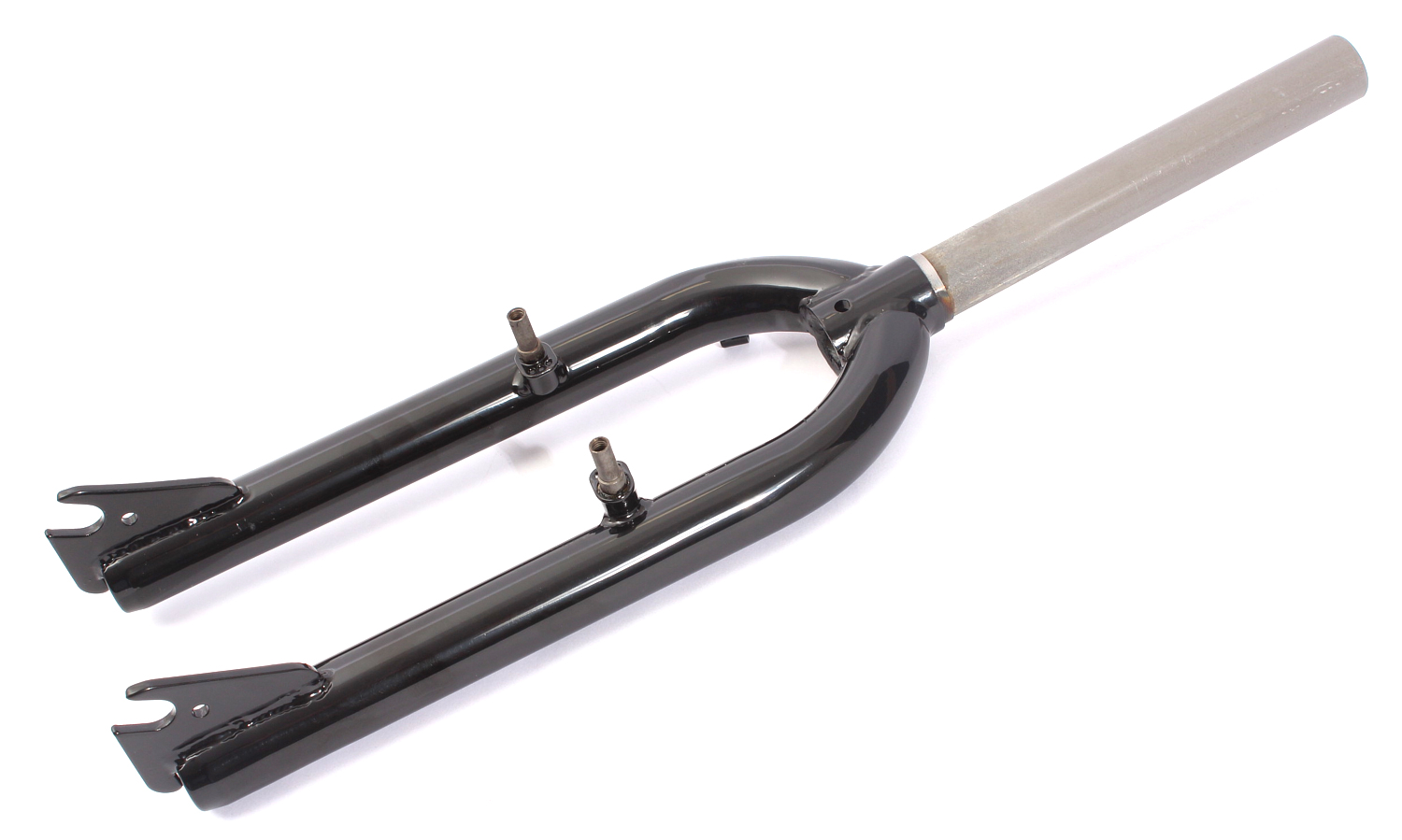
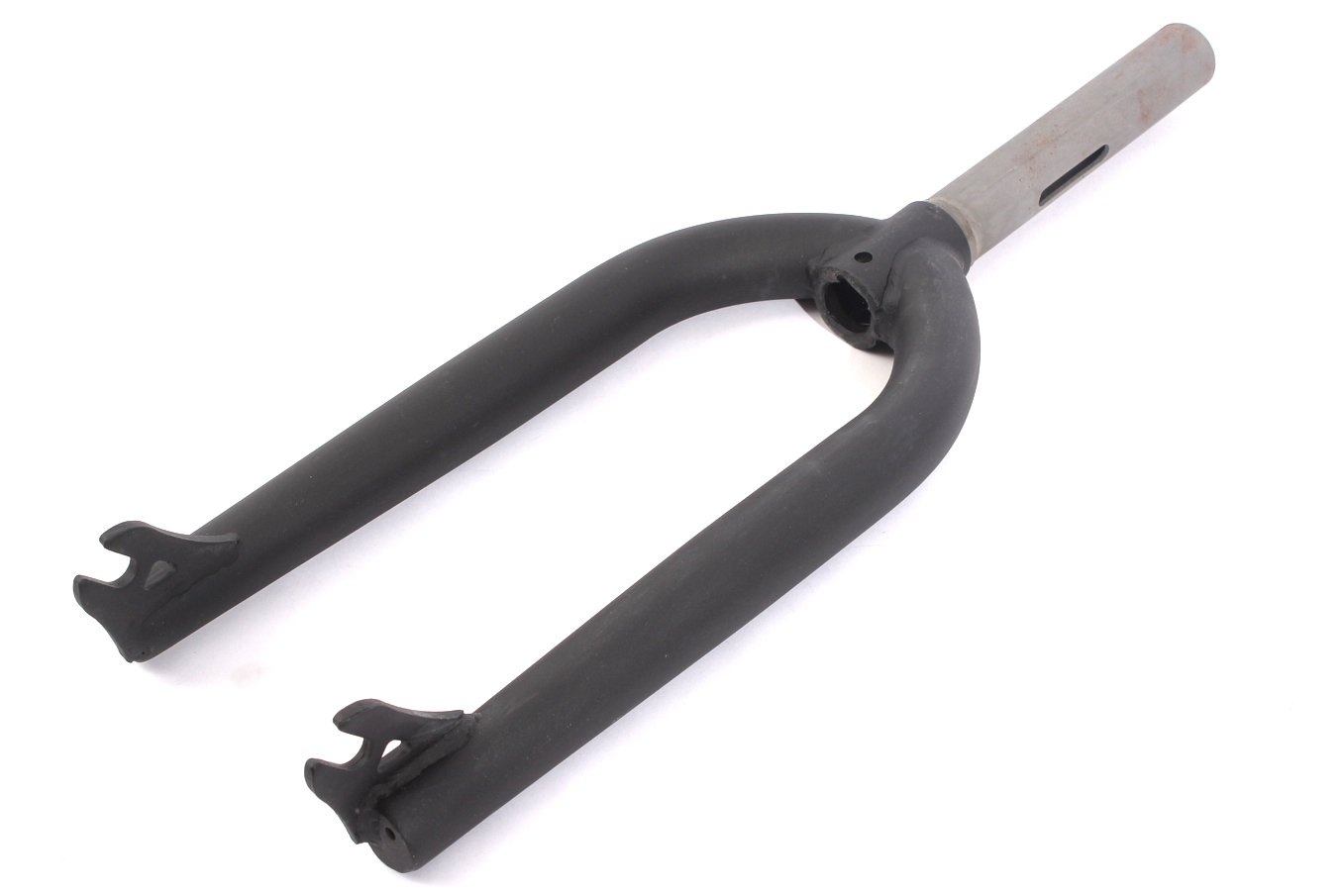
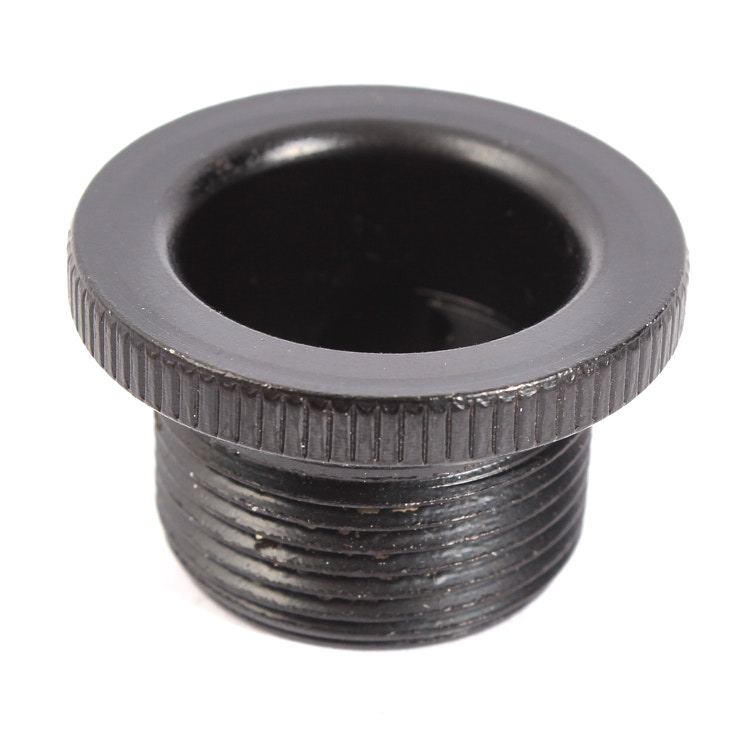
Very friendly and very helpful. I contacted them via email and received a prompt response with good advice and a purchase recommendation. I'd be happy to come back.